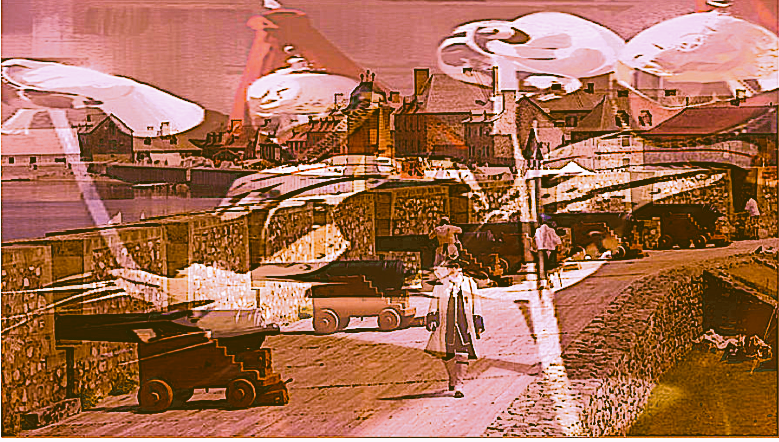World Appalachain Cajun Music and Song Catalogue reshaping Modern Country at its roots
While mainstream country music continues its predictable trajectory, a growing movement is returning to the authentic roots of country music.
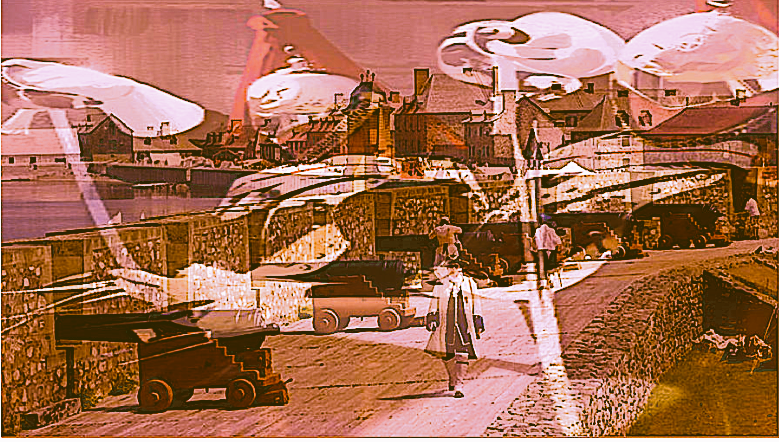
In the rolling hills of Louisiana and the broader Appalachian region, a quiet revolution is taking place. While mainstream country music continues its predictable trajectory of polished production and carefully market-tested themes, a growing movement is returning to the raw, authentic roots that once defined American folk traditions. At the center of this revival is an ambitious project that's capturing attention not for its commercial appeal, but for its unflinching honesty and artistic integrity.
The catalyst for this shift can be traced to an unprecedented song lyric catalogue project known as "Cajun Dead et le Talkin Stick," spearheaded by contemporary visual artist Theraiult. This initiative represents more than just a musical endeavour—it's a cultural reclamation project that's breathing new life into traditional Appalachian and Cajun musical forms while addressing contemporary social realities that mainstream country music has largely abandoned.
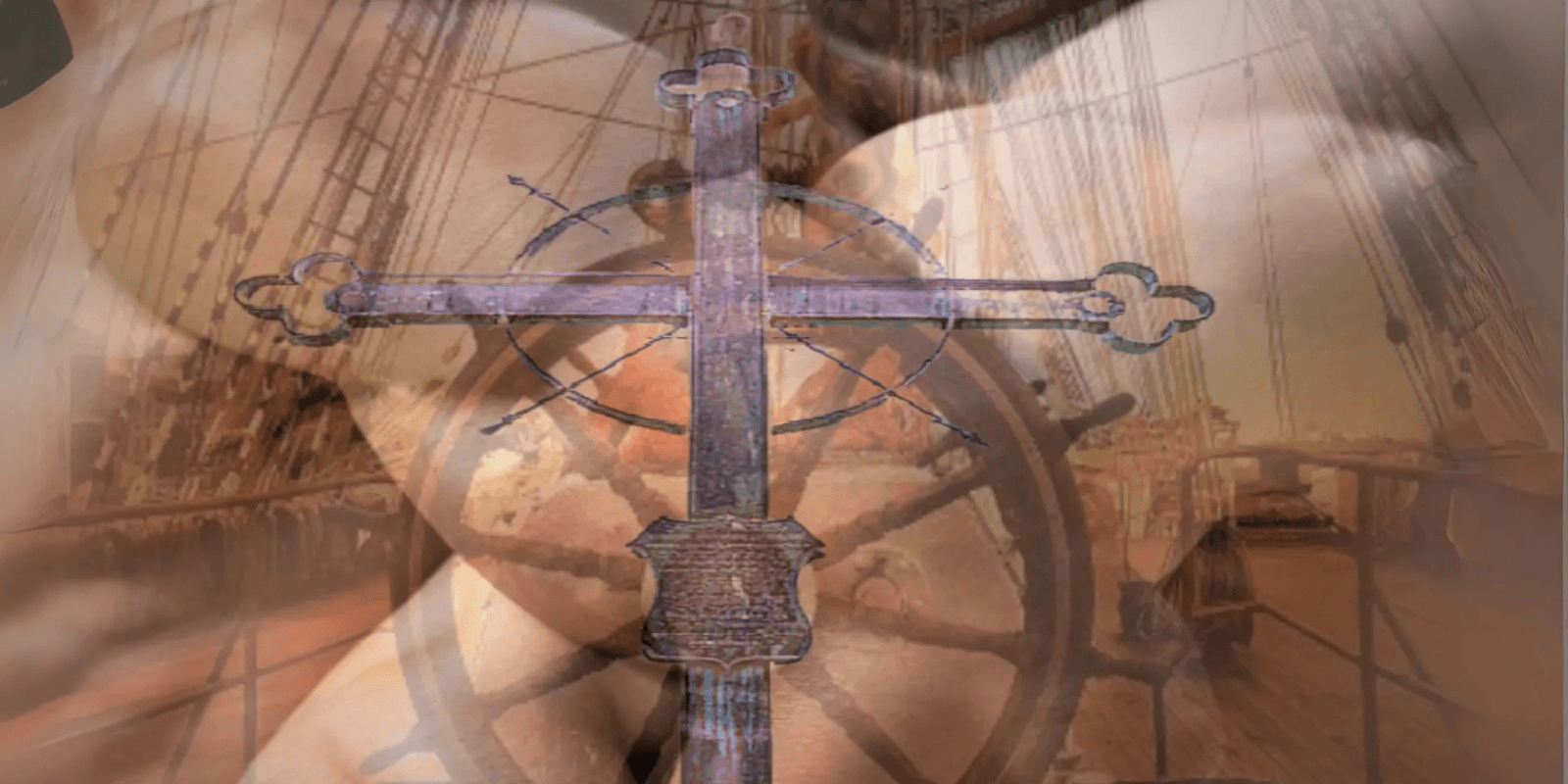
Theraiult's approach combines the instrumental authenticity of century-old folk traditions with lyrical content that explores the darker corners of modern American experience. The project features traditional instrumentation, including lead Dobro, banjo, mandolin, fiddle, hurdy gurdy, and blow-mouth didgeridoo, creating a sound that bridges the gap between historical folk music and contemporary artistic expression.
What sets this movement apart is its willingness to tackle subjects that have become taboo in mainstream country music. While radio-friendly country songs focus on trucks, romance, and small-town nostalgia, Theraiult's lyrics delve into grief, loss, PTSD, and social malaise—topics that resonate deeply with younger audiences who feel disconnected from the sanitized narratives dominating the airwaves.
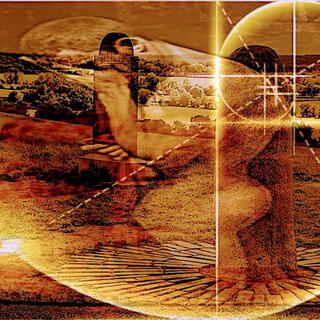
The Counter-Culture Echo: A 60-Year Creative Cycle
The emergence of this Cajun country revival mirrors historical patterns in American creative expression. Much like the Grateful Dead represented a counter-culture force that challenged mainstream musical norms in the 1960s, today's Cajun Dead revival serves as an artistic response to cultural stagnation and commercial homogenization.
This phenomenon appears to follow what some cultural observers identify as a 60-year creative cycle, in which artistic movements emerge in response to prevailing cultural trends. The Grateful Dead and their contemporaries rejected the polished pop music of their era in favour of experimental, improvisational forms that spoke to a generation questioning traditional values and social structures.
Today's Cajun revival follows a similar pattern, rejecting the over-produced, demographically targeted content of contemporary country music in favour of authentic artistic expression. The polyphonic call-response male vocal harmonies and existential lyric narratives emerging from this movement represent something genuinely novel in the current musical landscape.
However, this authenticity has created a paradox within the music industry. Major labels and mainstream outlets, accustomed to predictable formulas and safe content, struggle to categorize or absorb this new sound. The industry's response has been largely dismissive—what Theraiult and his collaborators describe as the "ghosted cold shoulder" treatment.
The Demographic Divide and Cultural Polarization
The lukewarm reception from industry gatekeepers reflects a broader cultural divide about artistic authenticity and audience expectations. Mainstream country music has spent decades cultivating specific demographic segments, carefully crafting content that reinforces rather than challenges listener expectations. This approach has created a risk-averse environment where artistic innovation is often sacrificed for market predictability.
The audiences gravitating toward the Cajun revival movement tend to be younger listeners who feel alienated from mainstream country's sanitized narratives. These listeners, many of whom are dealing with economic uncertainty, mental health challenges, and social fragmentation, find resonance in music that acknowledges rather than glosses over contemporary struggles.

The Cajun Dead et le Talkin`Stick catalogue: reshaping modern country at its traditional country folk yarn roots
This demographic shift has contributed to increasing polarization within country music itself. Traditional country audiences, comfortable with familiar themes and sounds, often react negatively to music that challenges their expectations or introduces unfamiliar elements. Meanwhile, younger audiences seek authentic expressions of their lived experiences, even when those experiences include difficult or uncomfortable realities.
The polyphonic vocal arrangements and existential themes emerging from the Cajun revival speak directly to this younger demographic's desire for genuine artistic expression. Unlike the carefully crafted personas dominating mainstream country, these artists present themselves as authentic voices addressing real struggles and societal challenges.
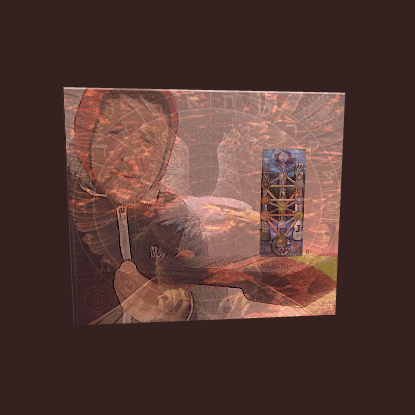
Reviving the Field Holler Tradition in Modern Context
One of the most compelling aspects of the current Cajun revival is its connection to historical American folk traditions, particularly the field holler tradition that emerged from working-class communities across the rural South. Field hollers—the work songs and call-and-response vocals that accompanied agricultural labour—represented pure, unmediated artistic expression born from shared struggle and community experience.
Theraiult's lyrical approach consciously echoes this tradition, weaving together Appalachian, Celtic, Irish, French, and Acadian musical influences to create modern narratives that maintain the emotional directness and social commentary of traditional field hollers. This approach acknowledges that authentic folk music has always served as a vehicle for expressing the experiences of marginalized communities and addressing social issues that more privileged artistic circles prefer to ignore.
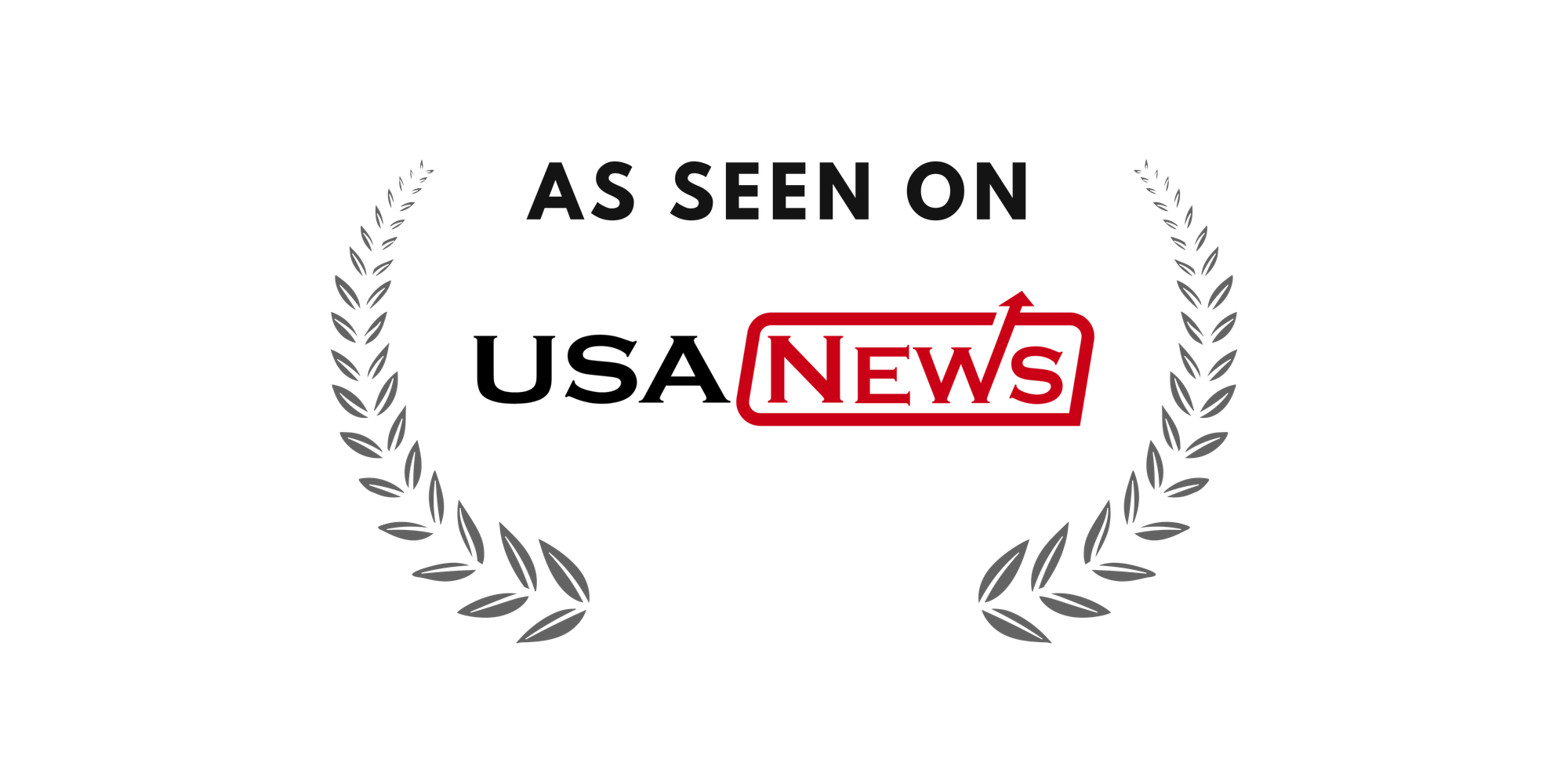
The instrumentation supporting these modern field hollers deliberately evokes the acoustic authenticity of pre-electric folk music. The combination of Dobro, banjo, mandolin, fiddle, hurdy gurdy, and didgeridoo creates a rich, organic sound palette that stands in stark contrast to the heavily produced, electronically enhanced sound of contemporary mainstream country.
This instrumental approach serves both artistic and symbolic purposes. Artistically, it creates space for vocal harmonies and lyrical content to take center stage, allowing the emotional weight of the songs to come through without electronic interference. Symbolically, it represents a rejection of the commercial imperatives that have shaped mainstream country music production, favouring artistic integrity over market appeal.

The Creative Renaissance in Times of Cultural Transition Press Release News
The emergence of the Cajun country revival coincides with a period of creative stagnation recognized by many cultural observers across multiple artistic disciplines. After decades of market-driven content creation and risk-averse artistic choices, many creative fields appear to have reached a point of diminishing returns, producing increasingly predictable and uninspired work.
This creative stagnation reflects broader societal patterns that some historians and social theorists describe as generational cycles. These long-term cultural patterns suggest that societies periodically undergo periods of renewal and reset, often preceded by phases of cultural exhaustion and institutional dysfunction.
Within this context, the Cajun revival represents more than just a musical trend—it signals a broader cultural shift toward authenticity and artistic risk-taking. The movement's willingness to address difficult subjects and experiment with traditional forms suggests that at least some corners of the creative community are ready to move beyond the safe, market-tested approaches that have dominated the past few decades.
The revival's emphasis on traditional instrumentation and vocal techniques also serves as a form of cultural preservation, ensuring that important American folk traditions continue to evolve and remain relevant to contemporary audiences. By combining these traditional elements with modern lyrical content and social commentary, the movement creates bridges between past and present that many mainstream artistic efforts have failed to achieve.
The growing popularity of this hybrid approach suggests that audiences are hungry for authentic artistic expression that connects historical traditions with contemporary realities. Rather than treating folk traditions as museum pieces, the Cajun revival demonstrates how these traditions can serve as living resources for addressing current social and cultural challenges.
Frequently Asked Questions
What exactly is "Cajun Dead et le Talkin Stick," and who is behind it?
"Cajun Dead et le Talkin Stick" is an ambitious song lyric catalogue project led by contemporary visual artist Theraiult. The project aims to revive traditional Appalachian and Cajun musical forms while addressing contemporary social issues through authentic folk instrumentation and honest lyrical content. Unlike mainstream country music, this project addresses subjects such as grief, loss, PTSD, and social malaise that resonate with younger audiences seeking genuine artistic expression.
How does this movement differ from mainstream country music?
The Cajun revival movement distinguishes itself through its use of traditional acoustic instruments (Dobro, banjo, mandolin, fiddle, hurdy-gurdy, and didgeridoo) and its willingness to address difficult social topics. While mainstream country music focuses on market-tested themes and polished production, this movement prioritizes artistic authenticity and social commentary, drawing on the traditions of field hollers and working-class folk music.
Why has the music industry been resistant to this new sound?
The industry's lukewarm response reflects its dependence on predictable formulas and demographically targeted content. The polyphonic call-response harmonies and existential themes of the Cajun revival represent something genuinely novel that doesn't fit existing market categories. This has led to what artists describe as the "ghosted cold shoulder" treatment from major labels and mainstream outlets.
What is the 60-year creative cycle mentioned in relation to this movement?
Cultural observers note that artistic counter-movements tend to emerge in roughly 60-year cycles, with new forms arising as reactions to prevailing cultural trends. Just as the Grateful Dead and 1960s counter-culture rejected mainstream pop music, today's Cajun revival represents a reaction against the commercialization and homogenization of contemporary country music, offering authentic artistic expression for audiences seeking genuine cultural connection.
How does this revival connect to historical American folk traditions?
The movement consciously draws from the field holler tradition—work songs and call-and-response vocals from rural working-class communities. By weaving together Appalachian, Celtic, Irish, French, and Acadian musical influences, contemporary artists create modern narratives that maintain the emotional directness and social commentary of traditional folk music, ensuring these important cultural traditions remain relevant for contemporary audiences.
